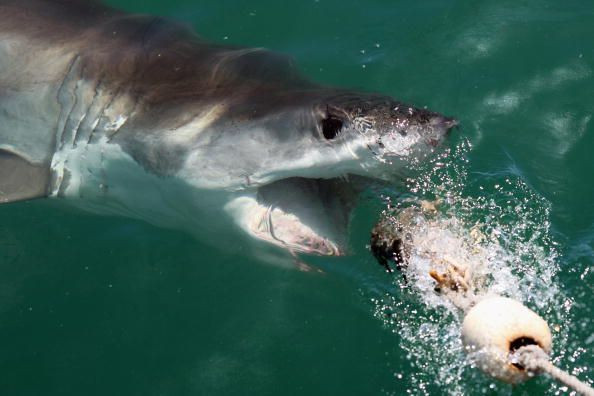Unidentified Florida Man Lands On Shark While Surfing At World's Shark Bite Capital
In August, two people were bitten by sharks within moments from each other.

Daredevil extraordinaire or just luck? Recently an unidentified man literally landed at the back of a shark when he sprung from his surfboard. On Sunday, the 27-year-old surfer told authorities that he stepped on one of the marine world's most misunderstood predators near the beach.
According to local officials of New Smyrna Beach in Florida, the tourist area is known to some people as the "shark bite capital of the world."
The surfer sustained minor cuts during the gnarly incident and was treated at the scene. In a report by Fox News, bystanders alleged that the attack happened around 1 pm at the famous beach in Volusia County.
The daredevil eventually drove home to Orlando, just an hour's drive away from where the encounter happened. Shark attacks have frequently been reported around the area; in August, two people were bitten by sharks within moments from each other.
Luckily, both the attacks were non-life-threatening. A month before the incident, an 18-year-old surfer was bitten on the foot while paddling near the beach. In April, a 19-year-old was attacked by a shark in the same location.
Volusia County has been a hotspot for shark bites in the past years, but tourists still flock the area despite the apparent threat. The beach line has led the world in recorded attacks in 2016, 2017, and 2018 for a total of 28.
In 2016 alone, 15 shark bites were recorded by the local authorities. Since 2009, there have been 81 recorded attacks, 52 of them are surfers. Wildlife experts have stated that New Smyrna Beach's status as one of the most sought after surf spots on the East Coast is a factor in the recurring attacks.
According to National Geographic, 2010 was the most dangerous year for unprovoked shark attacks. Surfers account for 50.8 percent of all attacks in the same year, swimmers 38 percent, while snorkelers and divers accounted for eight. Inflatable tubes accounted for 3 percent.
© Copyright IBTimes 2025. All rights reserved.





















